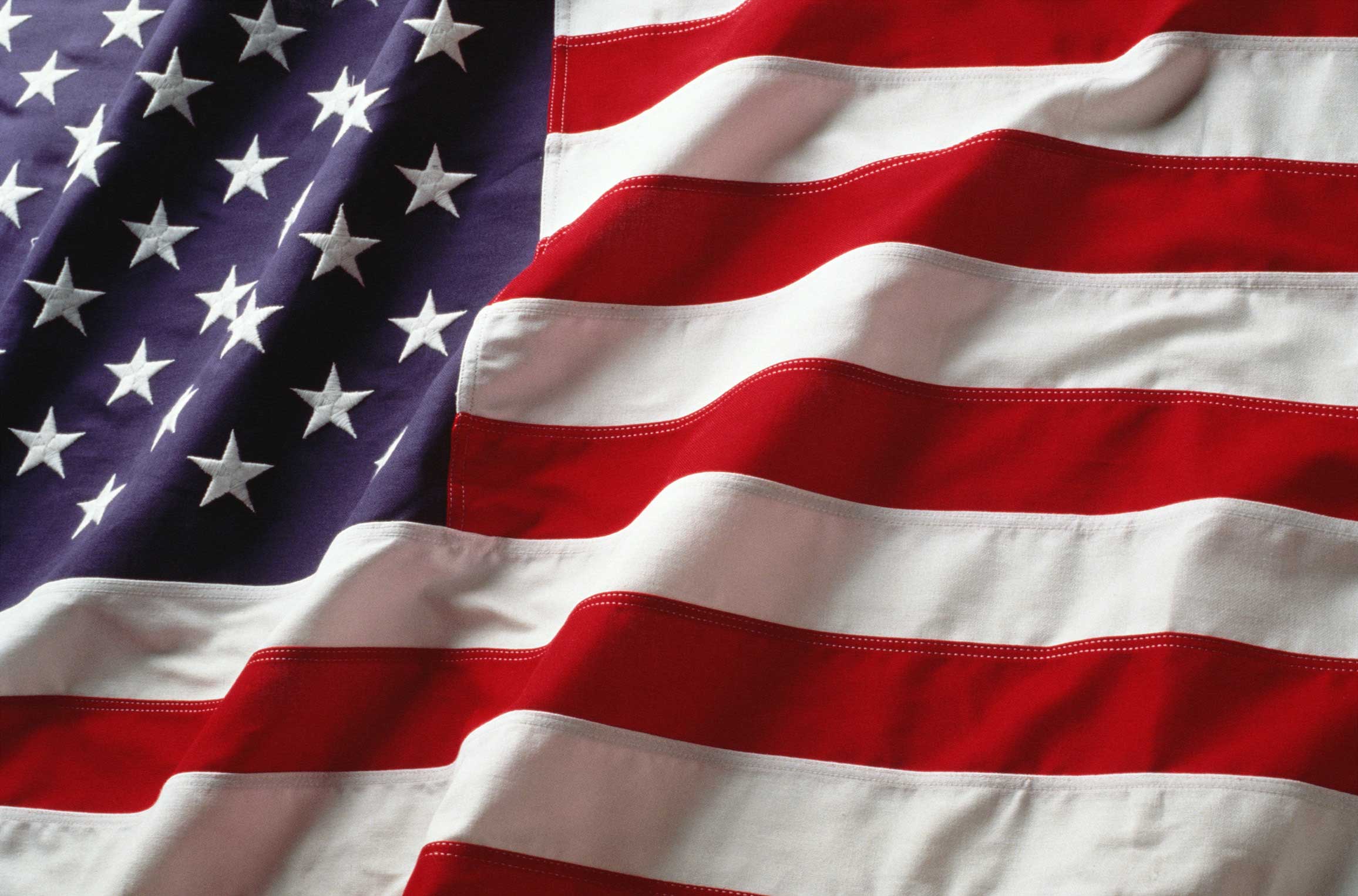Henry Knox - One of America's Founding Fathers
Related Posts
- Buy Tickets for The Constitutional Walking Tour of Philadelphia – See 20+ Sites on a Primary Overview of Independence Park, including the Liberty Bell and Independence Hall
- Valley Forge National Historical Park
- New Hall Military Museum
- Museum of the American Revolution
Birth: July 25, 1750
Death: October 25, 1806 (aged 56)
Colony: Massachusetts
Occupation: Merchant, General
Significance: Served as Major General in the Continental Army (1782-1783); served as Senior Officer of the United States Army (1783-1784); and served as United States Secretary of War (1785-1794)

Henry Knox was one of the Founding Fathers of the United States. Knox's parents were of Scottish descent and immigrated to Boston in 1729 where his father worked as a shipbuilder. Knox attended Boston Latin School, the same school Benjamin Franklin attended, but left at age nine to help support his family when his father died. At the age of 21, Knox opened a bookstore which he successfully managed while also becoming involved in politics. Knox was an ardent patriot who joined the Sons of Liberty and the local militia.
After the Battles of Lexington and Concord, Knox and his new wife, Lucy were forced to flee the city as the British took Boston. Knox as a member of the militia took a leading role in setting up fortifications around Boston and participated in the Battle of Bunker Hill. The Second Continental Congress established the Continental Army in June of 1775 and named George Washington the Commander in Chief, who immediately traveled North to Boston. When Washington arrived, he was impressed with Knox's work. Knox subsequently joined Washington's Army, and he quickly rose to the rank of Chief Artillery Officer. Knox would serve in that position for many years and won many compliments for his exemplary work.
Knox's position meant traveling with Washington throughout the war and In 1777 Knox fought in the Battles of Brandywine and Germantown, two crushing losses for the Continental Army. Brandywine was the battle that lost the Capital city of Philadelphia to the British and Germantown was a disastrous attempt to retake it. Following these defeats, Knox traveled with Washington and his army to Valley Forge where they spent the winter. Knox would continue to fight alongside Washington in every major battle Washington participated in, including the decisive Siege of Yorktown which largely ended the Revolutionary War in 1781.
In 1782, Knox was named Major General at just 31 years of age, and he played a major role in negotiating prisoner exchanges with the British as the Revolutionary War came to an end. When Washington stepped down at the end of the Revolutionary War in 1783, he handed control of the Continental Army to Knox. Knox would lead the Army in the final days of the Revolution and the beginning of peacetime before resigning from his post in 1784 as Congress debated what to do with the Army in peacetime.
In 1785, Knox was named Secretary at War and continued to hold the position, albeit with the slightly altered title "Secretary of War" after the Constitution of the United States was adopted and America's new government was installed. As such, Knox is the first Secretary of War under the Constitution. In his position as Secretary of War, Knox pushed for the creation of Military academies and set the nation's first policies on Native Americans. Knox argued that Native American Nations were indeed sovereign states and that they owned the territory they had occupied and that it could not be taken from them without their consent or through the cause of a just war.
Knox retired in 1795 to what today is Maine, and that is where he built a large estate and lived until his death in 1806 at the age of 56.
Henry Knox in Philadelphia
Henry Knox first came to Philadelphia during the American Revolution. Knox participated in the Battle of Brandywine which was fought just West of Philadelphia and the Battle of Germantown, which took place in the present day Philadelphia neighborhood of Germantown. Knox also wintered at Valley Forge during the winter of 1777-1778, which is located less than 25 miles West of Philadelphia. Knox would then live in Philadelphia from 1790-1795 while he was Secretary of War and Philadelphia served as the Capital. During that time, Knox worked at New Hall which for a time served as the headquarters for the Department of War.
Today the Museum of the American Revolution, houses artifacts from the American Revolutionary War and pays tribute to the soldiers like Knox who fought for American independence. Both the New Hall Military Museum and the Museum of the American Revolution are stops on The Constitutional Walking Tour!



